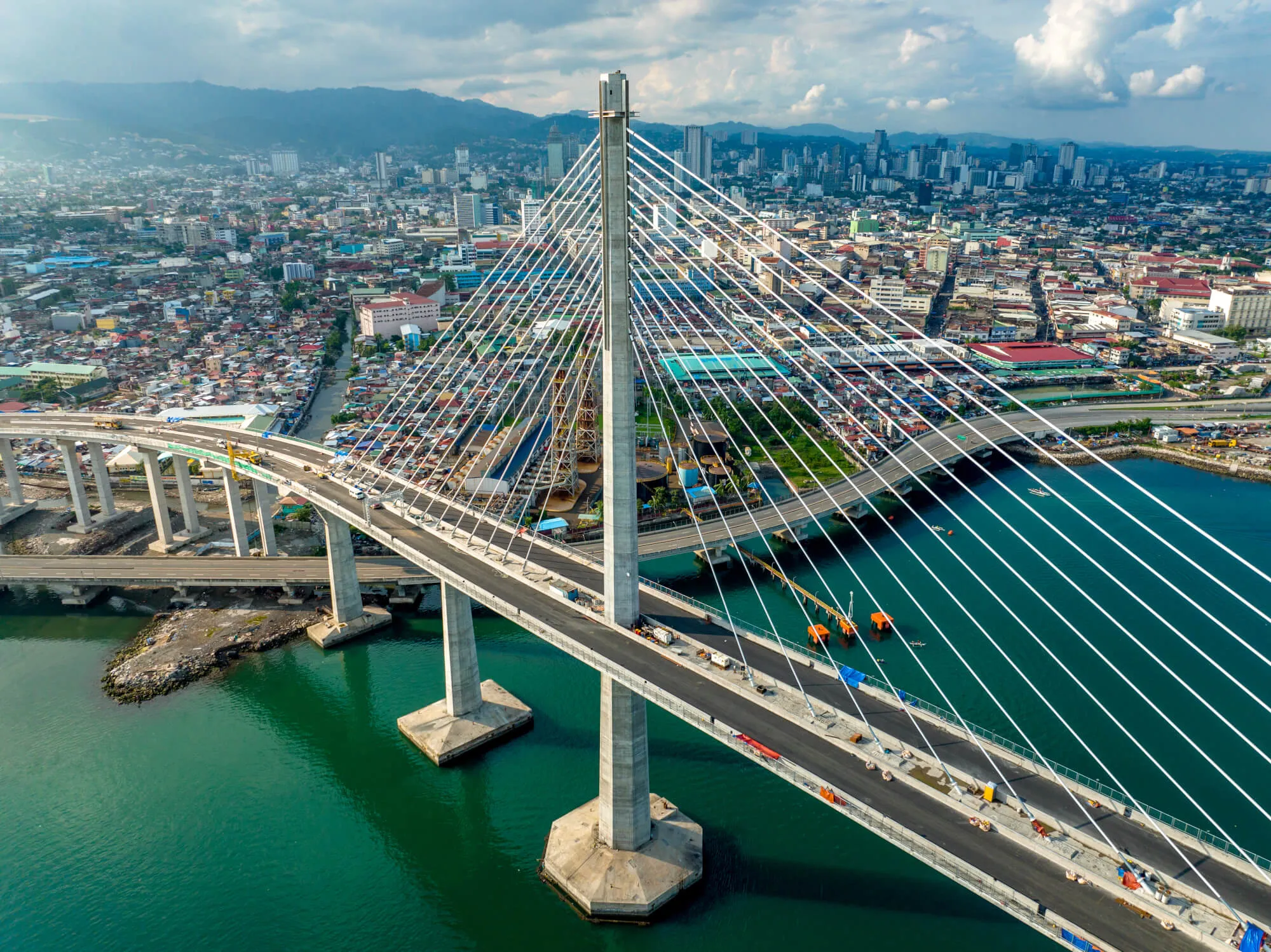Siemens is to supply all the traffic control and monitoring systems for the twin-bore Liantang tunnel, which will link Hong Kong to the new Liantang/Heung Yuen Wai border crossing with mainland China.
The five kilometre long tunnel forms part of a four-lane freeway link, extending to around eleven kilometres in total, and is intended to provide a direct connection for cross-border freight and passenger vehicle traffic between the Northeast New Territories and the Eastern part of Shenzhen on the Chinese
July 8, 2016
Read time: 2 mins
The five kilometre long tunnel forms part of a four-lane freeway link, extending to around eleven kilometres in total, and is intended to provide a direct connection for cross-border freight and passenger vehicle traffic between the Northeast New Territories and the Eastern part of Shenzhen on the Chinese mainland. The project will become the longest road tunnel in Hong Kong on completion in 2022.
Siemens will supply its technology for the International Tunnel Control Centre (ITCC), which will use Simatic WinCC open architecture for the operations control system. The ITCC will draw on real-time data to assess conditions in the tunnel and decide on actions to optimise traffic flow, taking safety aspects into account. Automated incident and congestion detection, emergency management for accidents, tunnel closure and contraflow management are just some of the main functions provided by the ITCC.








